How To Clean Nox Sensor ?
To clean a NOx sensor, you can follow these steps:
1. Locate the NOx sensor: The NOx sensor is typically located in the exhaust system, near the catalytic converter.
2. Disconnect the sensor: Carefully disconnect the electrical connector that is attached to the NOx sensor.
3. Remove the sensor: Use the appropriate tools to remove the NOx sensor from its mounting location. Be cautious not to damage the sensor during removal.
4. Clean the sensor: Gently clean the sensor using a specialized sensor cleaner or a mixture of water and mild detergent. Avoid using harsh chemicals or abrasive materials that could damage the sensor.
5. Dry the sensor: Allow the sensor to air dry completely before reinstalling it. Avoid using compressed air or heat sources to speed up the drying process.
6. Reinstall the sensor: Carefully reinstall the NOx sensor back into its mounting location and secure it properly.
7. Reconnect the electrical connector: Attach the electrical connector back to the NOx sensor.
It is important to note that cleaning the NOx sensor may not always solve the underlying issue causing the sensor to malfunction. If the problem persists, it is recommended to consult a professional mechanic for further diagnosis and repair.
1、 Understanding the purpose of a NOx sensor in vehicle emissions.
Understanding the purpose of a NOx sensor in vehicle emissions is crucial in order to comprehend the importance of keeping it clean. NOx, or nitrogen oxides, are harmful pollutants emitted by vehicles that contribute to air pollution and can have detrimental effects on human health and the environment. The NOx sensor is a component of the vehicle's emissions control system that measures the levels of nitrogen oxides in the exhaust gases.
The primary function of the NOx sensor is to monitor the efficiency of the vehicle's catalytic converter, which is responsible for reducing the levels of harmful emissions. By continuously monitoring the NOx levels, the sensor provides feedback to the engine control unit (ECU), allowing it to adjust the air-fuel mixture and other parameters to optimize the catalytic converter's performance.
Over time, the NOx sensor can become contaminated with carbon deposits and other pollutants, leading to inaccurate readings and potentially causing the vehicle to fail emissions tests. Cleaning the NOx sensor is essential to ensure its proper functioning and maintain the vehicle's emissions compliance.
To clean the NOx sensor, it is recommended to use a specialized sensor cleaner that is specifically designed for this purpose. The cleaner should be sprayed directly onto the sensor, following the manufacturer's instructions. It is important to avoid using any abrasive materials or excessive force, as this can damage the sensor.
It is worth noting that some newer vehicles are equipped with NOx sensors that are integrated into the catalytic converter, making them more difficult to clean or replace individually. In such cases, it may be necessary to replace the entire catalytic converter if the NOx sensor becomes faulty or contaminated.
In conclusion, understanding the purpose of a NOx sensor in vehicle emissions is crucial for maintaining a clean and efficient exhaust system. Regular cleaning and maintenance of the NOx sensor can help ensure accurate readings and optimal performance, contributing to reduced emissions and a healthier environment.

2、 Steps to safely remove and clean a NOx sensor.
Steps to safely remove and clean a NOx sensor:
1. Ensure safety: Before starting any work on the vehicle, make sure the engine is turned off and the key is removed from the ignition. Wear protective gloves and eyewear to prevent any potential harm.
2. Locate the NOx sensor: The NOx sensor is typically located in the exhaust system, near the catalytic converter. Refer to the vehicle's manual or consult a professional if you are unsure about its exact location.
3. Disconnect the sensor: Carefully disconnect the electrical connector attached to the NOx sensor. This is usually done by pressing a tab or releasing a latch. Be gentle to avoid damaging the connector or wiring.
4. Remove the sensor: Use an appropriate wrench or socket to loosen and remove the NOx sensor from its mounting location. Take note of any gaskets or seals that may need to be replaced during reinstallation.
5. Clean the sensor: The NOx sensor can be cleaned using a specialized sensor cleaner or a mixture of water and mild detergent. Gently scrub the sensor with a soft brush or cloth to remove any dirt or debris. Avoid using harsh chemicals or abrasive materials that could damage the sensor.
6. Inspect for damage: While cleaning, inspect the sensor for any signs of physical damage or corrosion. If the sensor is damaged, it may need to be replaced rather than cleaned.
7. Reinstall the sensor: Once the sensor is clean and dry, reinstall it in the reverse order of removal. Ensure that it is securely tightened and the electrical connector is properly reconnected.
8. Test the sensor: Start the engine and monitor the NOx sensor's readings using a diagnostic tool or by observing the vehicle's performance. If the sensor is functioning properly, the readings should be within the manufacturer's specified range.
It is important to note that cleaning a NOx sensor may not always be effective in restoring its full functionality. In some cases, replacement may be necessary. Additionally, it is recommended to consult the vehicle's manual or seek professional assistance for specific instructions and guidance.

3、 Recommended cleaning solutions for a NOx sensor.
Recommended cleaning solutions for a NOx sensor vary depending on the specific type of sensor and the manufacturer's guidelines. However, it is generally advised to avoid using harsh chemicals or solvents that could damage the sensor. Instead, a gentle cleaning approach is recommended.
One common method for cleaning a NOx sensor is to use a soft brush or cloth to remove any visible dirt or debris from the sensor's surface. This can help improve the sensor's performance by ensuring that it is not obstructed by external particles.
In some cases, it may be necessary to use a specialized cleaning solution specifically designed for NOx sensors. These solutions are typically mild and non-abrasive, ensuring that they do not harm the delicate components of the sensor. It is important to follow the manufacturer's instructions when using such solutions, as improper use could lead to damage.
It is worth noting that some NOx sensors are designed to be self-cleaning, using a process called "regeneration" to remove any accumulated deposits. This process typically occurs automatically during normal engine operation. However, if the sensor is not functioning properly, it may be necessary to manually clean it.
It is always recommended to consult the vehicle's owner's manual or contact the manufacturer for specific instructions on how to clean a NOx sensor. They will have the most up-to-date information and can provide guidance tailored to your specific vehicle and sensor model.
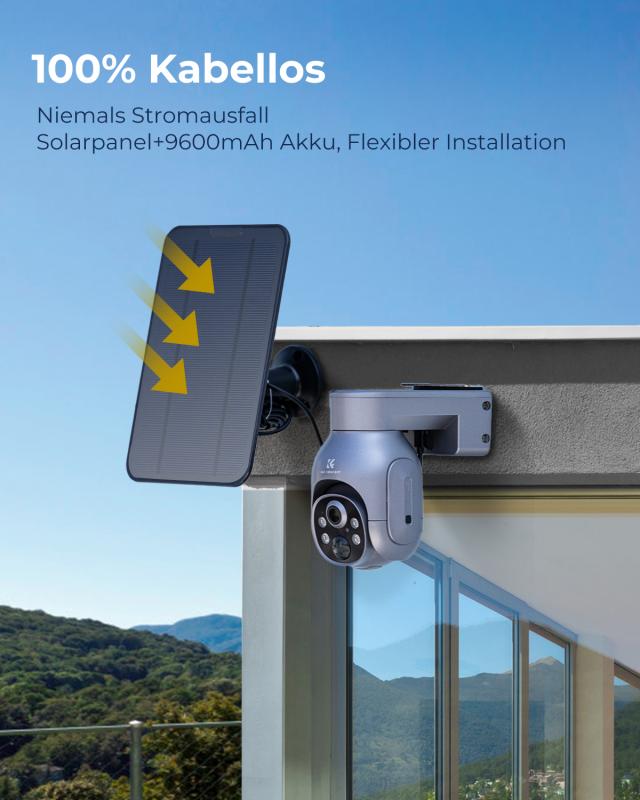
4、 Proper reinstallation and calibration of a cleaned NOx sensor.
Proper reinstallation and calibration of a cleaned NOx sensor is crucial to ensure its optimal performance and accurate readings. The NOx sensor, also known as the nitrogen oxide sensor, is responsible for detecting and measuring the levels of nitrogen oxides in the exhaust gases of a vehicle. Over time, these sensors can become contaminated with carbon deposits, which can affect their accuracy and efficiency. Cleaning the NOx sensor can help restore its functionality, but it is essential to follow the correct procedure for reinstallation and calibration.
To clean a NOx sensor, start by removing it from the vehicle's exhaust system. Use a specialized cleaning solution or a mixture of water and mild detergent to gently clean the sensor. Avoid using harsh chemicals or abrasive materials that could damage the sensor. Once cleaned, allow the sensor to dry completely before reinstalling it.
When reinstalling the NOx sensor, ensure that it is properly aligned and securely fastened in its original position. Use the appropriate tools and follow the manufacturer's instructions for tightening the sensor. It is crucial to avoid over-tightening, as this can cause damage to the sensor or its mounting.
After reinstallation, the NOx sensor needs to be calibrated to ensure accurate readings. This calibration process may vary depending on the vehicle make and model. It is recommended to consult the vehicle's service manual or contact a professional technician for guidance on the specific calibration procedure.
It is worth noting that some newer vehicles have advanced NOx sensors that are not designed to be cleaned. In such cases, it is best to consult the vehicle manufacturer or a qualified technician for guidance on sensor maintenance or replacement.
In conclusion, proper reinstallation and calibration of a cleaned NOx sensor are essential for maintaining its accuracy and performance. Following the correct procedure and seeking professional guidance when necessary will help ensure the sensor functions optimally and provides accurate readings.




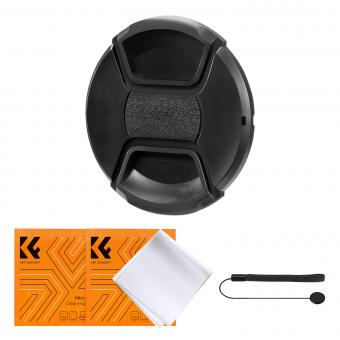




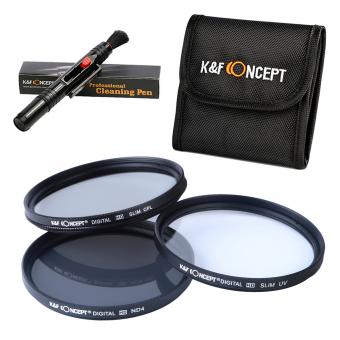


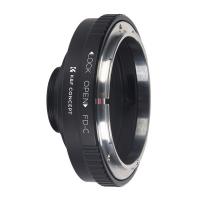

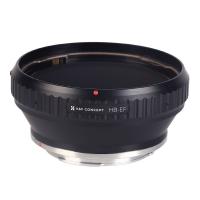





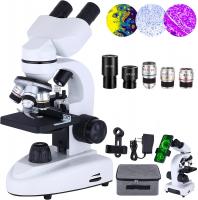


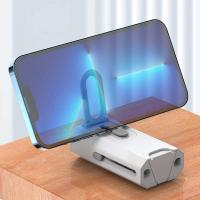



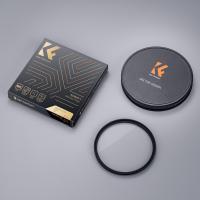
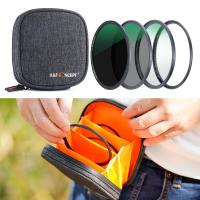


There are no comments for this blog.